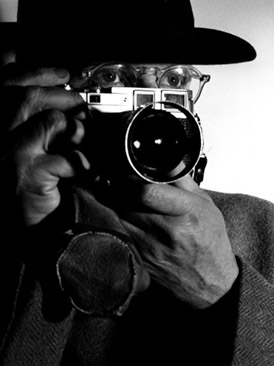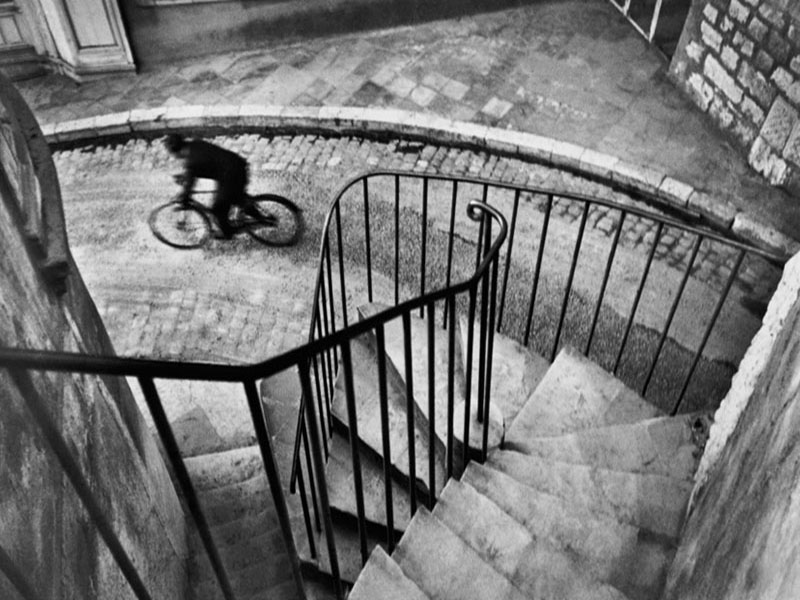
Born: 22 August 1908
Died: 3 August 2004
Birthplace: Chanteloup, France
Best known as: French photojournalism pioneer who snapped the liberation of Paris
Frenchman Henri Cartier-Bresson is often called “the father of photojournalism” for his photos of famous events and people from the 1930s to the 1970s.
He studied painting and literature in the 1920s and was influenced by the visual aspects of Surrealism.
He took up photography in the early 1930s and had his first exhibitions and publications by 1933.
Visits to Mexico and the United States, and a job as an assistant to filmmaker Jean Renoir, helped develop his work, but it was World War II that launched his international career. Imprisoned by the Germans in 1940, he escaped in 1943 and worked with the Resistance, while polishing his skills as a portrait photographer and chronicler of everyday life.
He co-founded the photo agency Magnum Photos in 1947, and published his first book, Images a la sauvette, in 1952. His book, released under the English title of The Decisive Moment, became a foundation of modern photojournalism, and Cartier-Bresson became internationally famous as a camera artist whose specialty was capturing significant moments of human interaction.
Working exclusively in black and white, Cartier-Bresson captured the liberation of Paris in 1945, Gandhi just before his death in 1948, the Chinese revolution in 1949 and, over the years, dozens of portraits of artists, thinkers and politicians, including Albert Camus, Truman Capote, Che Guevara and Marilyn Monroe.

In the mid-1970s he abandoned photography and returned to drawing and painting.
Extra credit: Henri Cartier-Bresson was the first photographer to have an exhibit in the Louvre.


